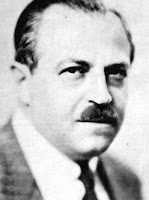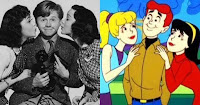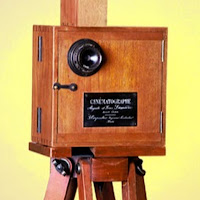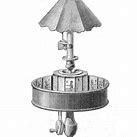In this blog post about Walt Disney history facts: There is no specific timeline of events, just random history moments that you might not have read or heard about "Walt".
1. During World War 1, Walt drew patriotic cartoons for his high school newspaper.
2. At 17 Walt wanted to run away with his best male friend to join the Red Cross. Parents found out, and that ended that.
3. Walt was court-martial by the Red Cross, yes, he finally got to join up. The whole story on this topic: Tap side bar picture of Walt Disney.
4. Walt got real sick with influenza in his teens but recovered.
5. Walt altered his birthdate on his passport application from 1901 to 1900 so he could serve his country.
6. Walt worked at the local post office in his hometown in Marceline, Missouri.
7. Walt's real family last name was D'Isigny which the family changed many years later to Disney.
8. Walt got paid $40 dollars per wk as a cartoon animator, that's like $500 per wk today (Big Bucks) for just starting out as a young working man.
9. Walt wanted to name Mickey Mouse, Mortimer but his wife persuaded him not to and said call him Mickey. Thank you, Mrs. Disney!
10. Walt did not allow woman to become animators early on. An infamous letter from Mary Ford might have changed all that. Retta Scott got hired in 1942 as the first woman animator for Disney. See (Pic) of her on side bar of this blog for more info about her.
Well of course there is more nosey history facts about Walt and maybe I will update this blog post later.
BJ/ 🙈🙉🙊


 Alfred Weiss /
Alfred Weiss / 
 Well, let's take a look at some cartoon history facts to find out. Do you remember "Yosemite Sam" cartoon? and Red Skelton, actor/comedian that had his own television show from 1951-1971 who always ended his show with the words " God Bless". In one of his movies, he played Sheriff Deadeye who inspired Yosemite Sam. Can you tell the resemblance? The eyebrows and the mustache, you need to see the clip from YouTube...
Well, let's take a look at some cartoon history facts to find out. Do you remember "Yosemite Sam" cartoon? and Red Skelton, actor/comedian that had his own television show from 1951-1971 who always ended his show with the words " God Bless". In one of his movies, he played Sheriff Deadeye who inspired Yosemite Sam. Can you tell the resemblance? The eyebrows and the mustache, you need to see the clip from YouTube...







